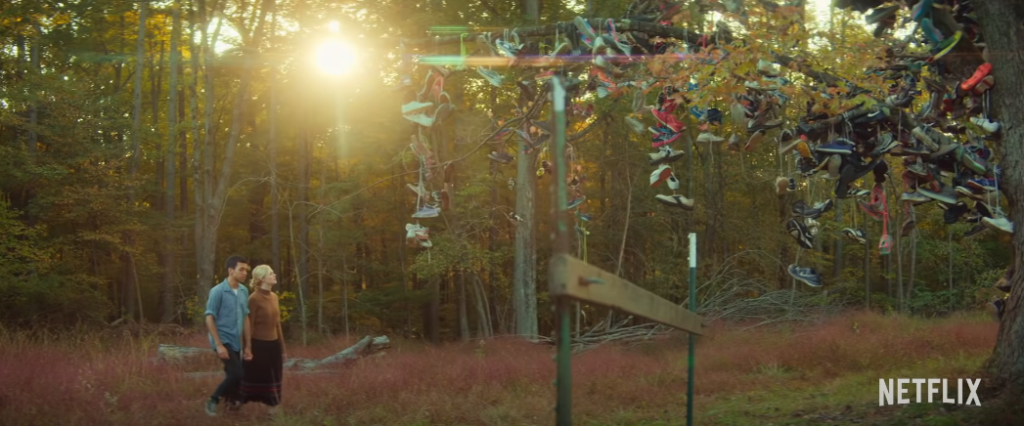Have you ever read an amazing book and wanted to watch the movie or series that’s based on the book? I recently read the book called “All the Bright Places” by Jennifer Niven, and a few days afterward, I watched the movie on Netflix. I was disappointed in the movie.
With reading, there is a lot of detail with the narrator usually being the main character. As the reader, we get to know their emotions and feelings due to this narrative.
In “All The Bright Places,” the two main characters, Violet Markley and Theodore Finch live opposite lives. In the book, each chapter alternates narrators, with one chapter having Violet speaking and the next having Finch.

What the two have in common is that they are struggling high school students in the state of Indiana. In the opening chapter, Finch is at the roof of his school, leaning over the edge when Violet comes up and joins him, standing on the edge too. Meanwhile, as students at the bottom start to gather, Finch talks Violet off the edge and both continue with their day. Students start to call Violet a hero for saving Finch.
Finch was bullied growing up. Often, he was labeled “freak” by his classmates and different stories about him went around. His parents are divorced, and he visits his father every Sunday with his sister. His father is physically abusive, especially to Finch. Finch struggles with depression and bipolar disorder. Throughout the story, he desperately tries to find a reason to live. Without warning, Finch disappears days at a time but eventually comes back. His friends and family describe this as “normal behavior” from him.

Violet moved to Indiana from California. Violet was in a car accident with her older sister. Her sister died and she lived. Depressed and suicidal, Violet blames herself for her sister’s death. She is scared to get inside a car or drive anywhere, so she rides her bike to and from school.

Finch and Violet work on a school project together, and their assignment explores the wonders of Indiana. In the book, Finch makes a Facebook account just to add Violet as a friend to which Violet accepts the friend request. Finch then uploads a video, asking if Violet is still alive to call him and he gives his number. Violet immediately calls and asks him to take down the video, and so he did. Throughout the project, Finch pushes Violet to step out of her comfort zone by encouraging her to be spontaneous and ride in a car with him.
In the movie, however, Finch follows Violet on Instagram and posts the video on his Instagram story. Violet and Finch first meet at a bridge in the opening scene of the movie, the bridge where Violet and her sister’s car accident happened. Violet’s sister did not survive the car accident. The movie does not show scenes with Finch and his dad nor does his character get brought up often. Finch’s character in the movie seems too bland, and his actions weren’t matching with what his character personality entailed.
His actions and emotions were not consistent, because he was suffering from mental illness. As the reader, that inference was made in the book based on the context clues. From the movie, Finch was just a high schooler who disappeared days at a time, occasionally seeing the school’s counselor.

Violet’s story is consistent, except for scenes where the wanders were visited, those were out of order from the book. Certain parts of the book that I saw as symbolic and important were not in the movie, and it was disappointing because I felt that they showed Finch and Violet’s character development.

Finch and Violet grew a relationship. The book details the events that made them come closer together, but, in the movie, I didn’t see that happen.
An author can put words together to describe a smell, taste, noise and touch that you’ll only be able to see through a screen. The book made those senses come to life and ultimately, the movie could not.
Jennifer Tellez
Reporter


